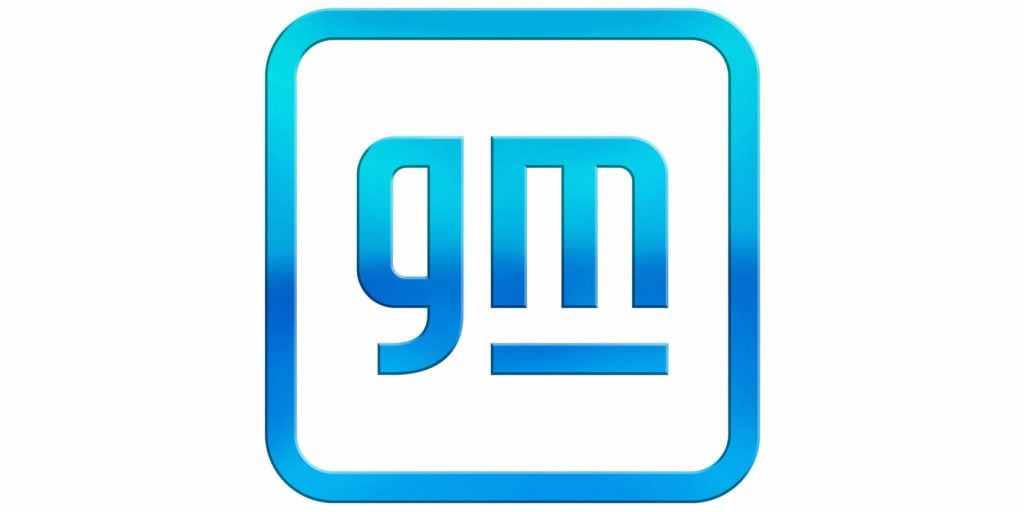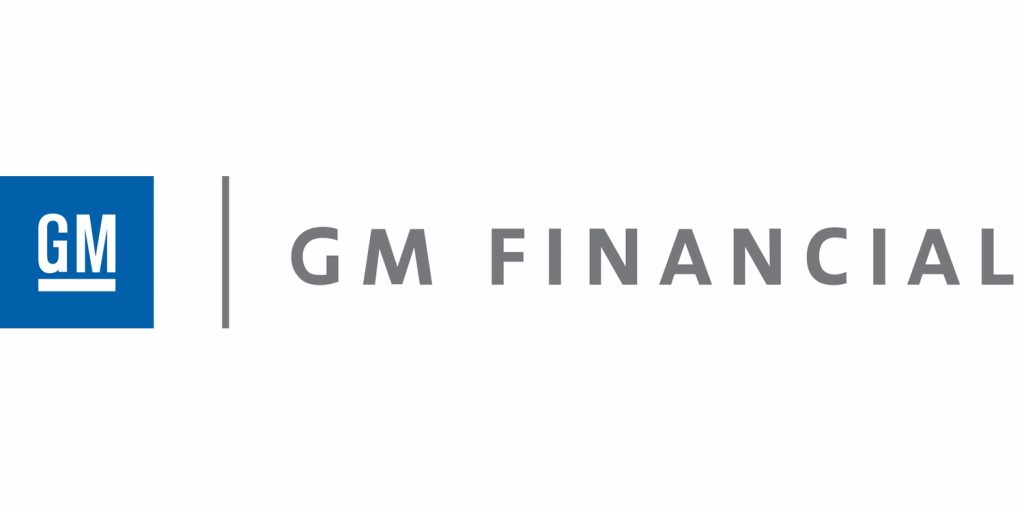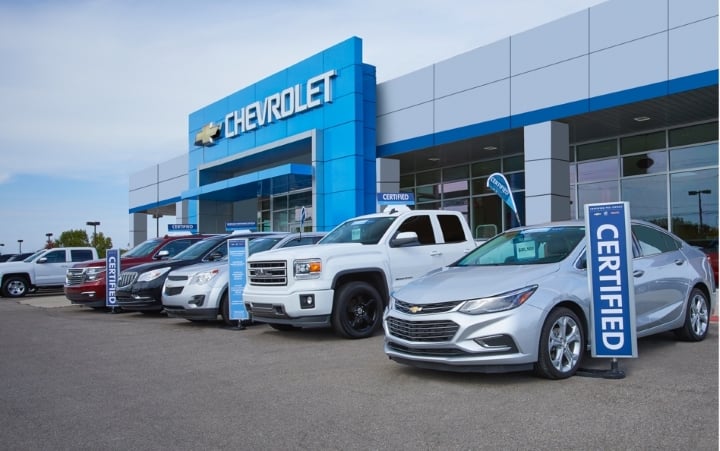At the end of 2020, whispers from around the industry indicated that General Motors was looking to expand its GM Financial captive finance arm into offering more traditional banking services. Here’s what we know about it all thus far.
According to a November 2020 report from the WSJ, GM was planning to apply for a banking charter that would allow GM Financial (GMF) to hold deposits and make loans outside the auto sector. The initial report stated that GMF had been in talks with federal and state banking regulators in recent about forming an industrial loan company.
In banking speak, industrial loan company charters allow commercial firms that are non-banks to originate loans (in simple terms, to lend money). At the same time, GM was also considering using the charter to offer high-yield savings accounts and other insured deposit products. Industrial Loan Companies offer FDIC-insured deposits and are subject to FDIC and state regulator oversight.
At its core, an industrial-loan charter allows companies to own both commercial firms and banks, a setup prohibited by a traditional banking license.
GMAC, Reincarnated?
Running an institution like the one described in the industrial loan company charter is nothing new for General Motors, which previously used the charter (as General Motors Corp.) to operate GMAC, its previous captive finance arm that was bailed out by the government to the tune of over $17 billion during the 2008 financial crisis, after subprime mortgages began to falter.
At that time, GMAC migrated from its industrial loan charter by picking up a national banking charter during the climax of the 2008 financial crisis, as doing so enabled it to be eligible for financial aid from the government. Soon thereafter, GMAC (the bank) rebranded itself to Ally Financial. GM slowly divested itself of GMAC after its own bankruptcy, ultimately selling its remaining stake in 2013.
The GM Financial Story
Most automakers, including General Motors, use their lending divisions – otherwise known as captive finance arms – to provide customers with special rates and offers on vehicle loans and leases, such as to those with sub-standard credit ratings. In addition, dealers often use the lending devisions to finance their inventory, otherwise known as floor planning. Several GM rivals, such as Toyota and BMW, operate industrial banks that offer financial products outside the auto finance sector, such as home loans and credit cards.
According to the aforementioned WSJ report, the banking charter and the ensuing ability to accept deposits will be used by GM to support its auto finance business. Currently, GM Financial issues debt to support most of its automotive lending, but deposits would provide a low-cost source of capital, on top of offering loans to GM customers and dealers in order to grow.
GM Financial emerged out of General Motors’ $3.5 billion acquisition of AmeriCredit in 2010. The division has roughly 10,000 U.S. employees across 28 locations around the country. The division has grown over the last several years, reporting $14.5 billion in revenue in 2019 and $13.8 billion in 2020.
It’s also worth noting that the new industrial loan company would be supervised by the Federal Deposit Insurance Corp. and the Utah Department of Financial Institutions, which grants the majority of these charters. As of this writing, we’re not aware of either of the two agencies having received GM’s application for a banking charter.
Subscribe to GM Authority for more GM Business news, GM Financial news, plus around-the-clock GM news coverage.
"traditional" - Google News
February 19, 2021 at 02:50PM
https://ift.tt/37KPqqz
GM's Expected Expansion Into Traditional Banking: What We Know - GM Authority
"traditional" - Google News
https://ift.tt/36u1SIt
Shoes Man Tutorial
Pos News Update
Meme Update
Korean Entertainment News
Japan News Update
Bagikan Berita Ini


















0 Response to "GM's Expected Expansion Into Traditional Banking: What We Know - GM Authority"
Post a Comment